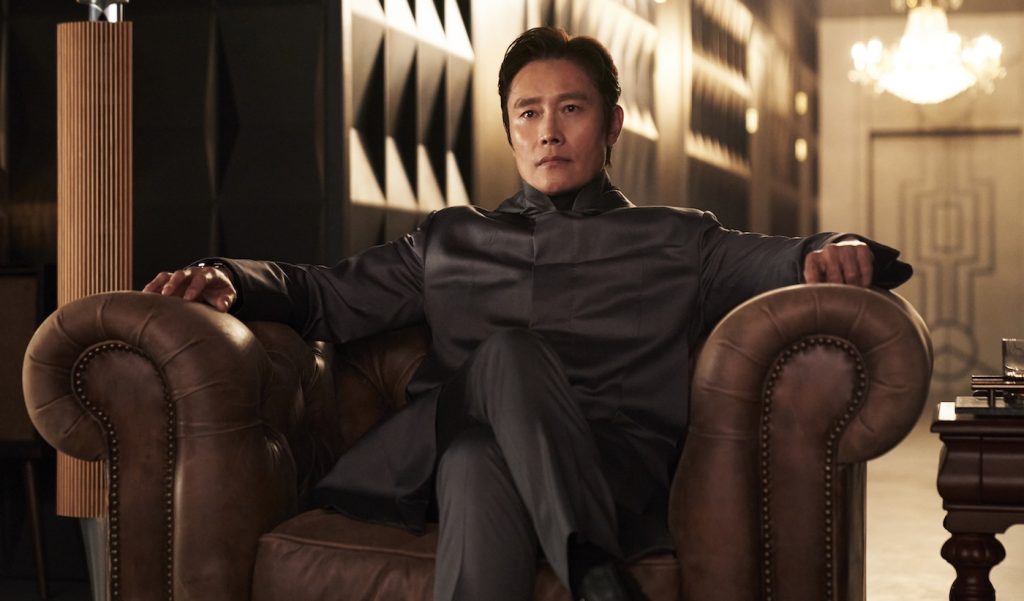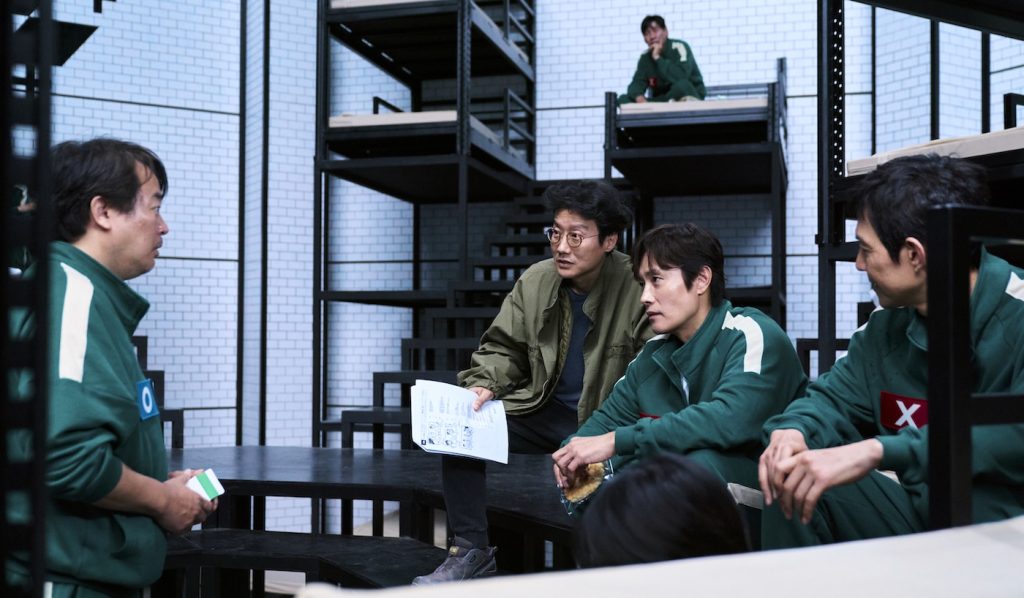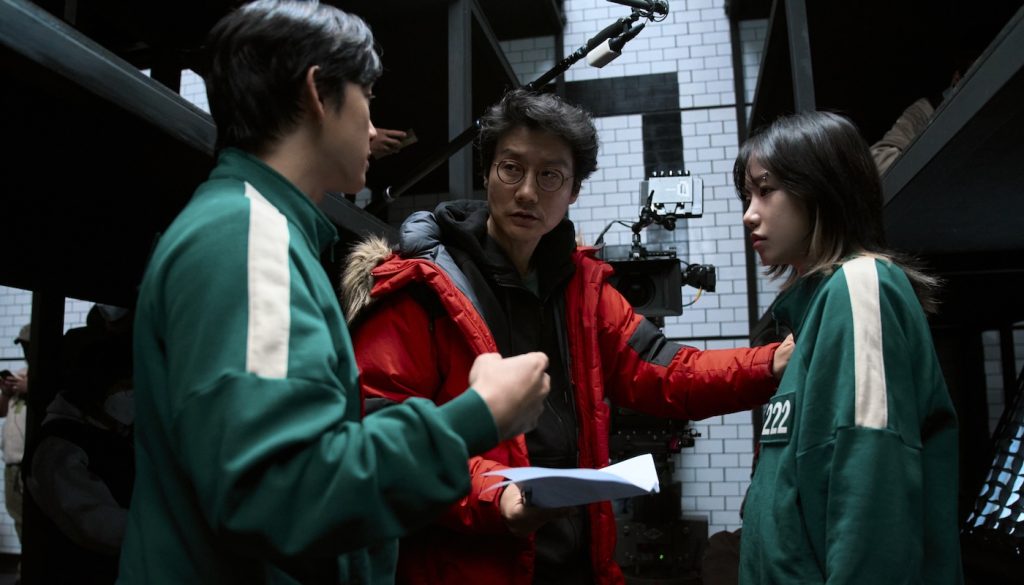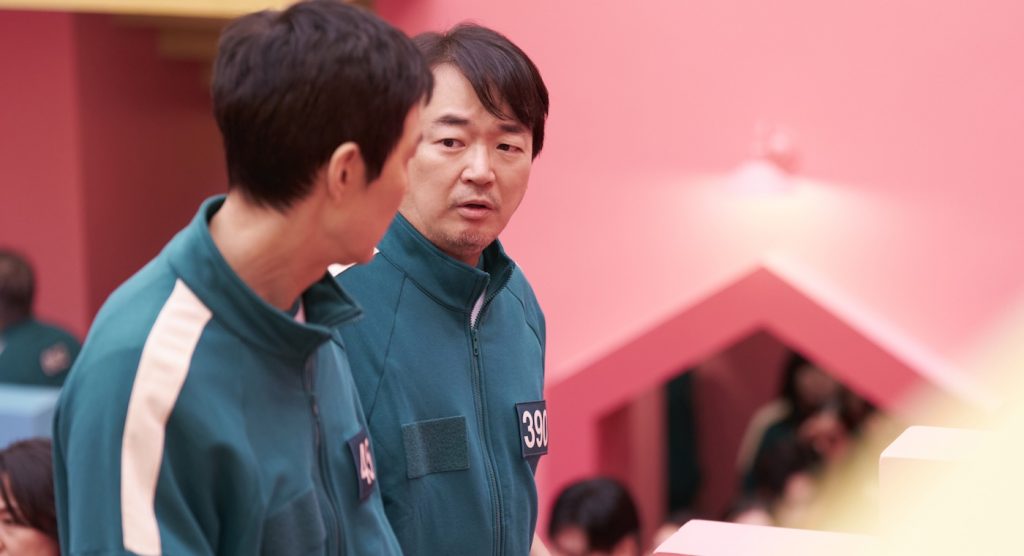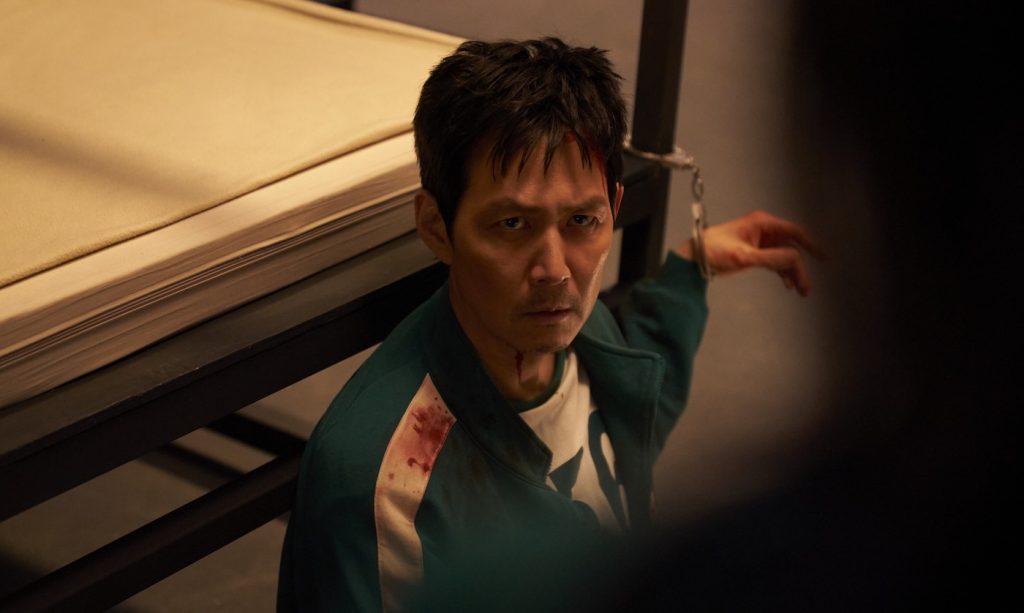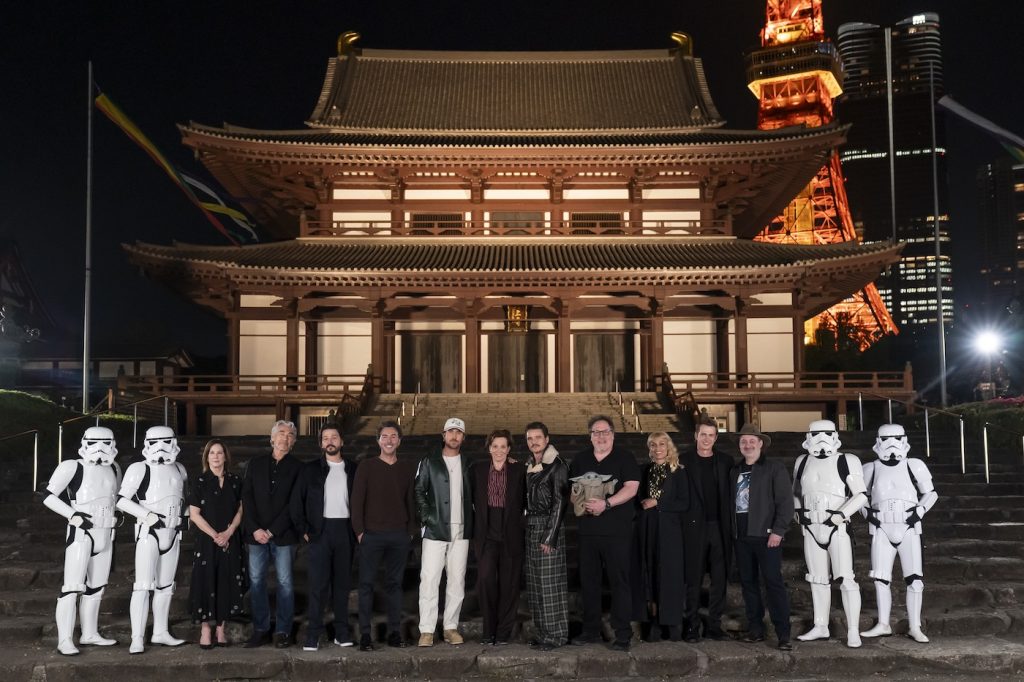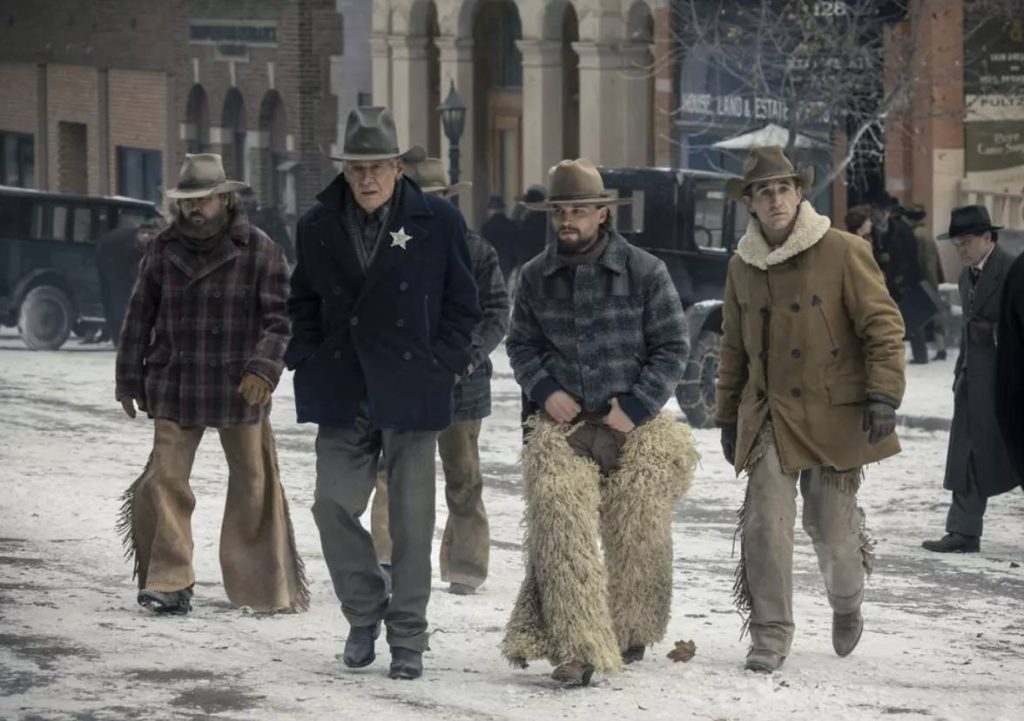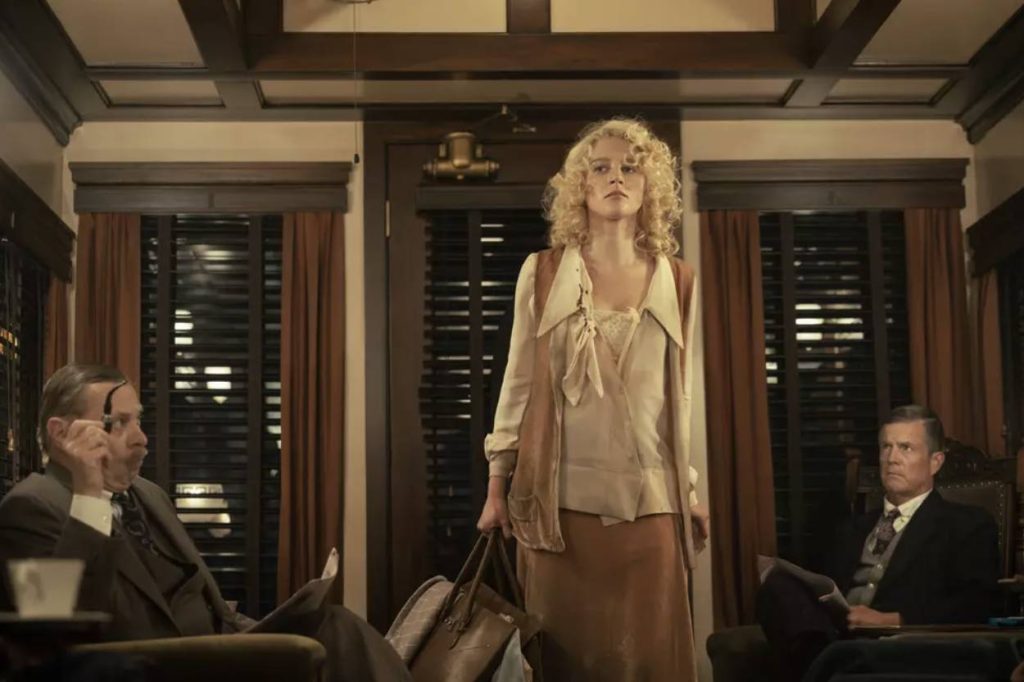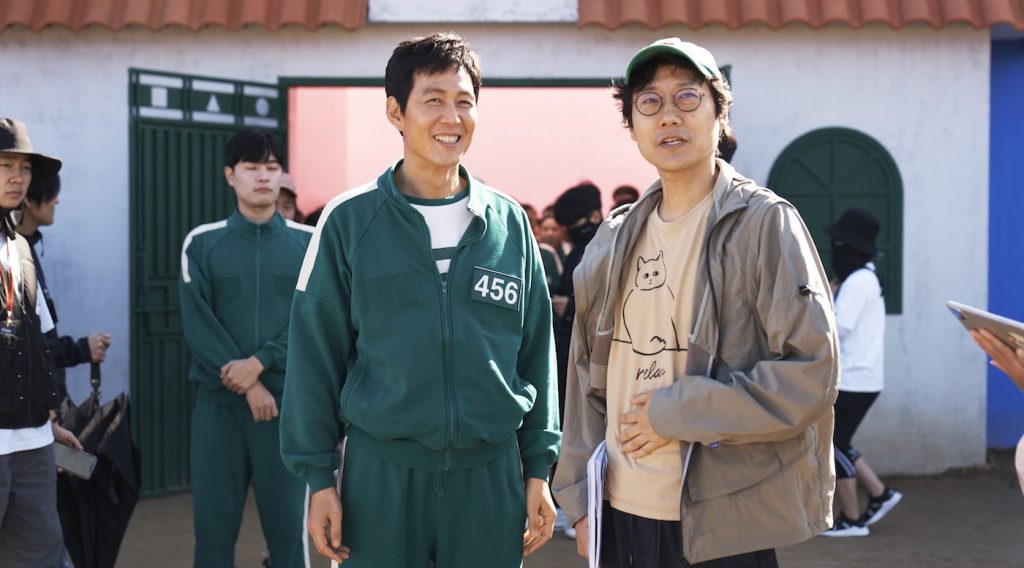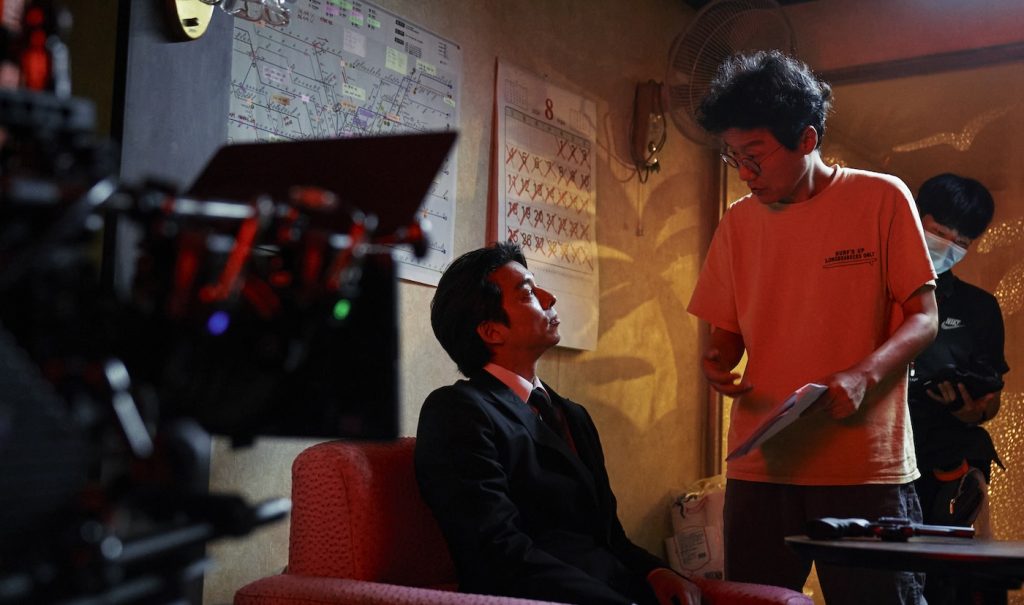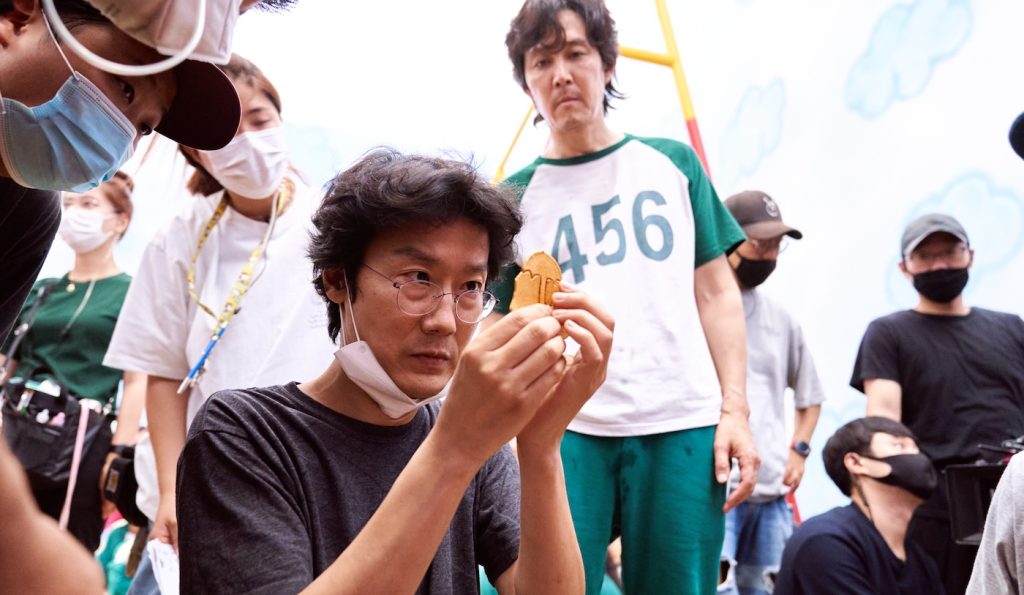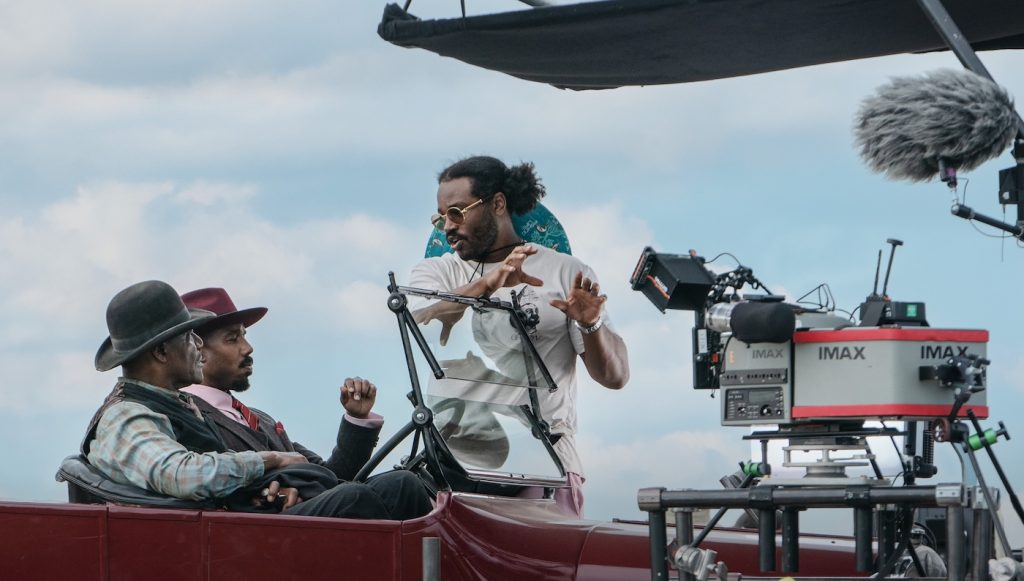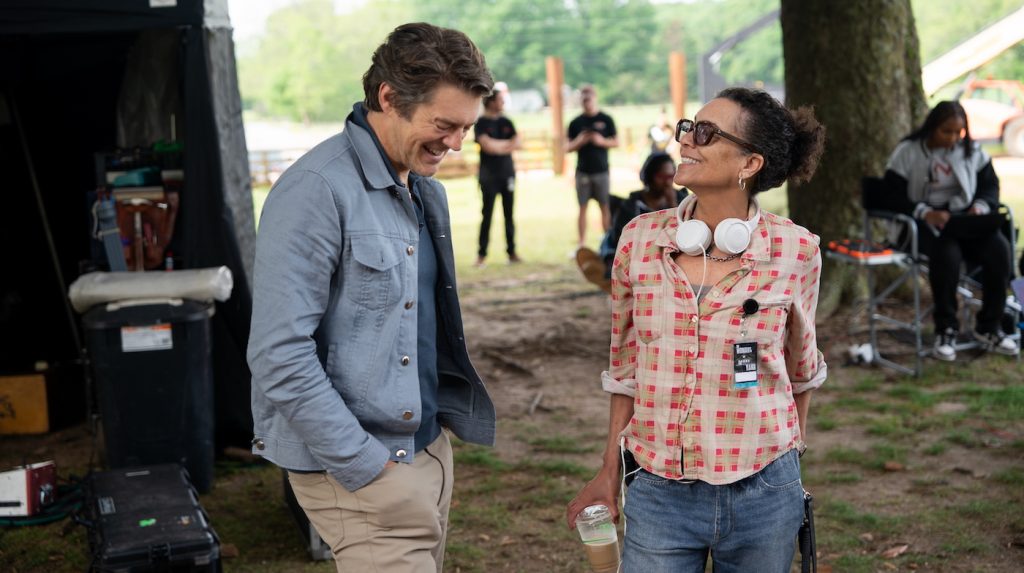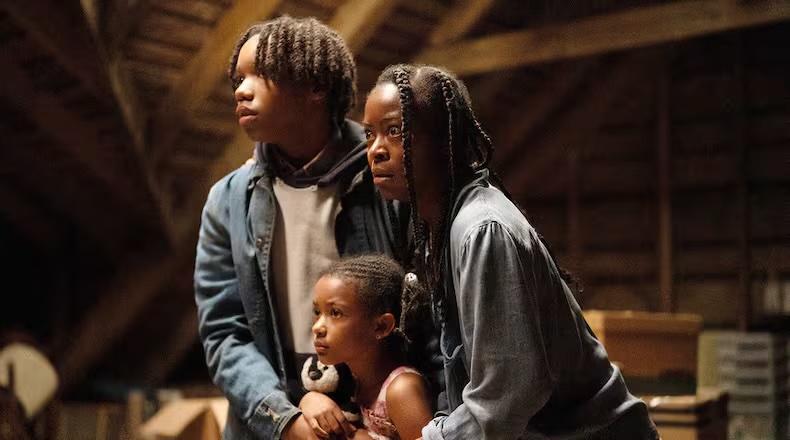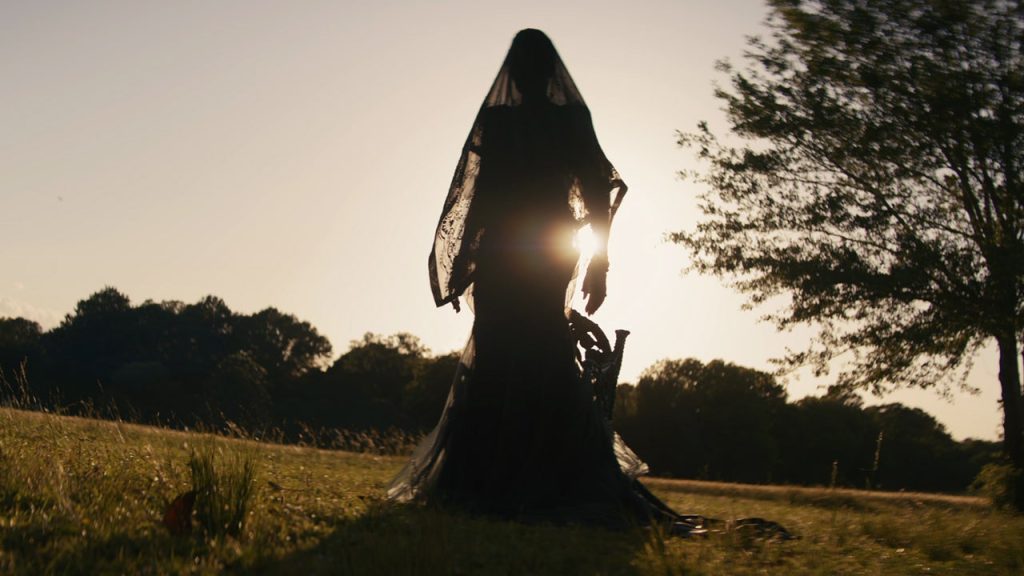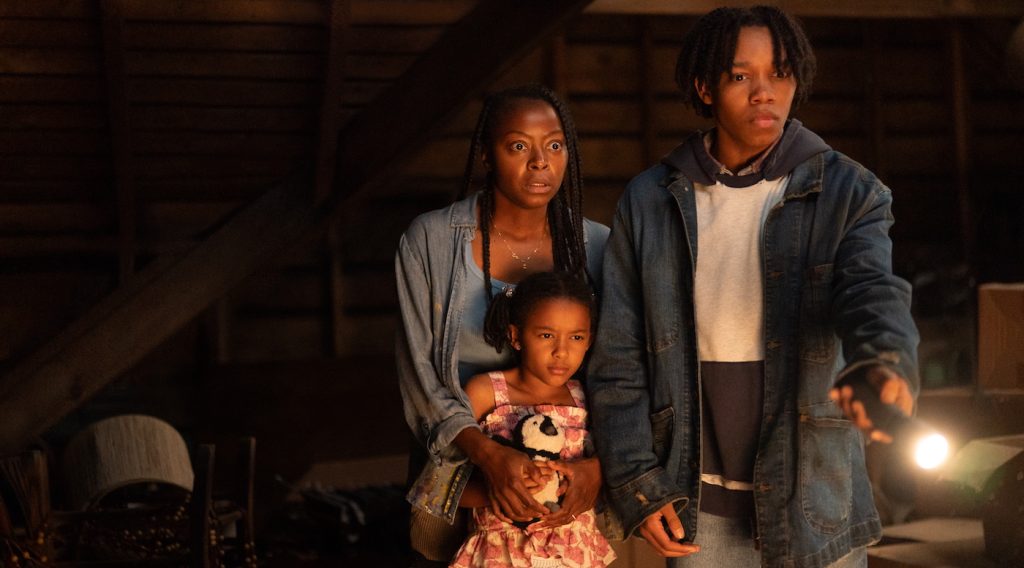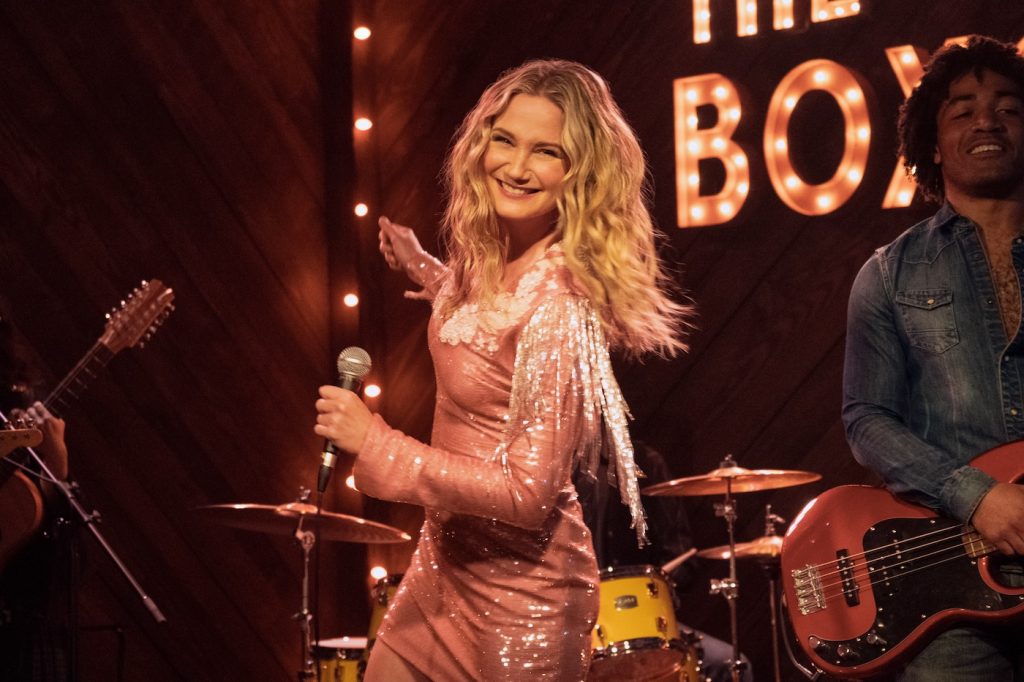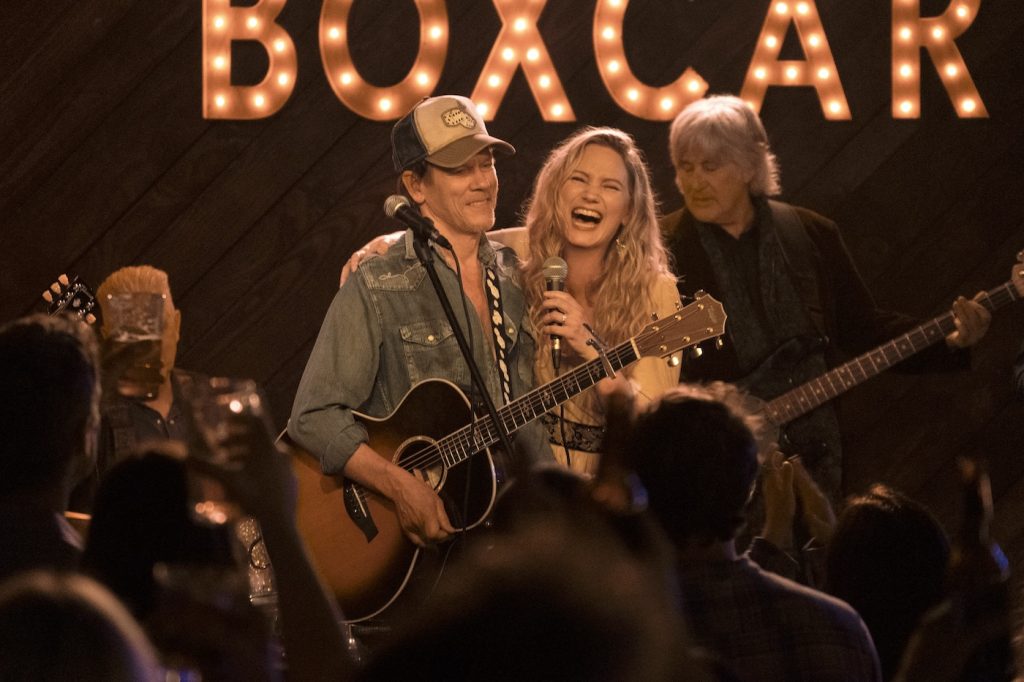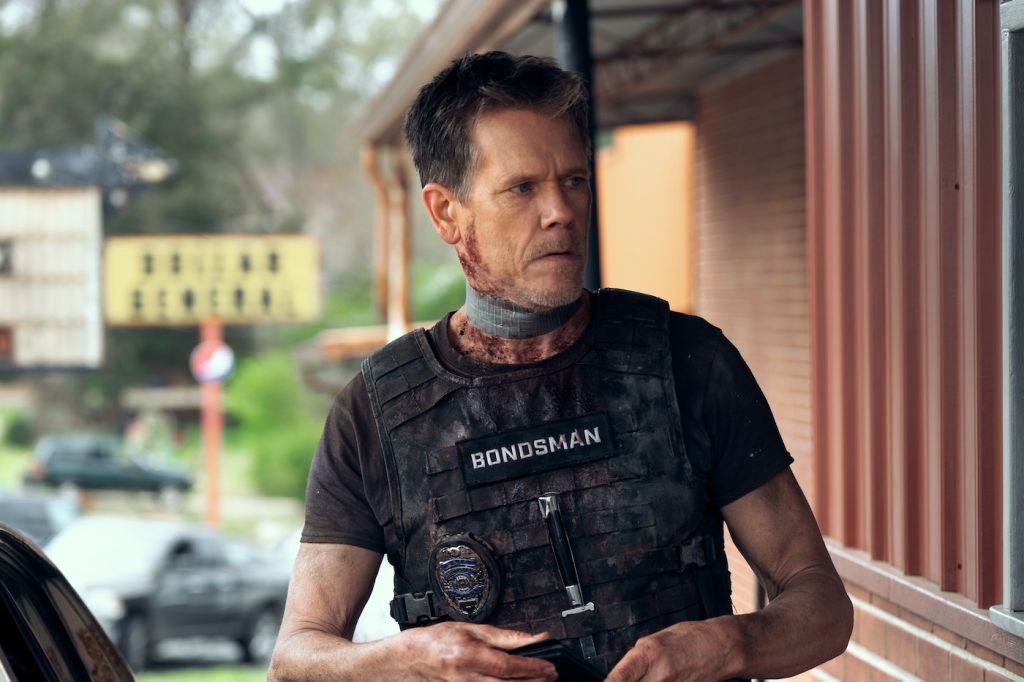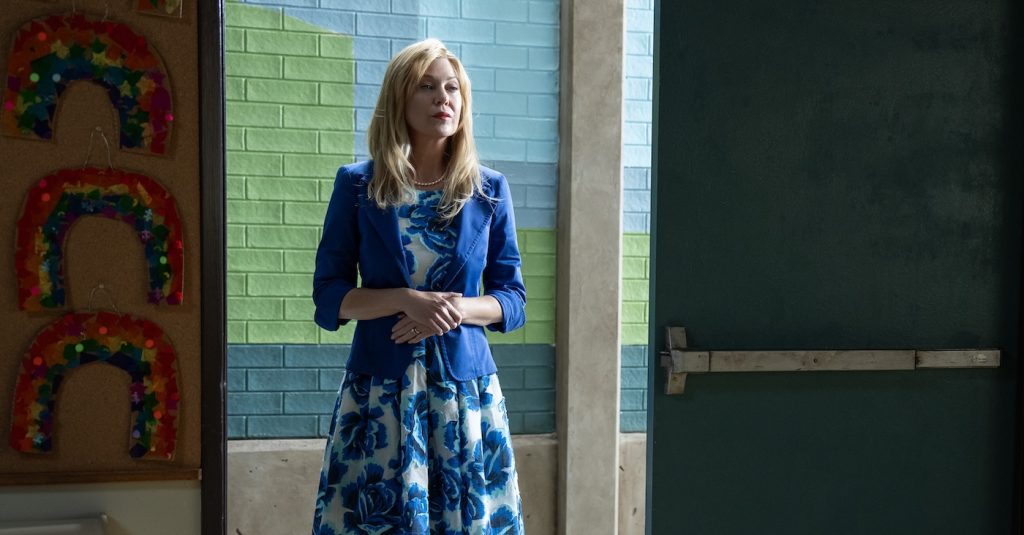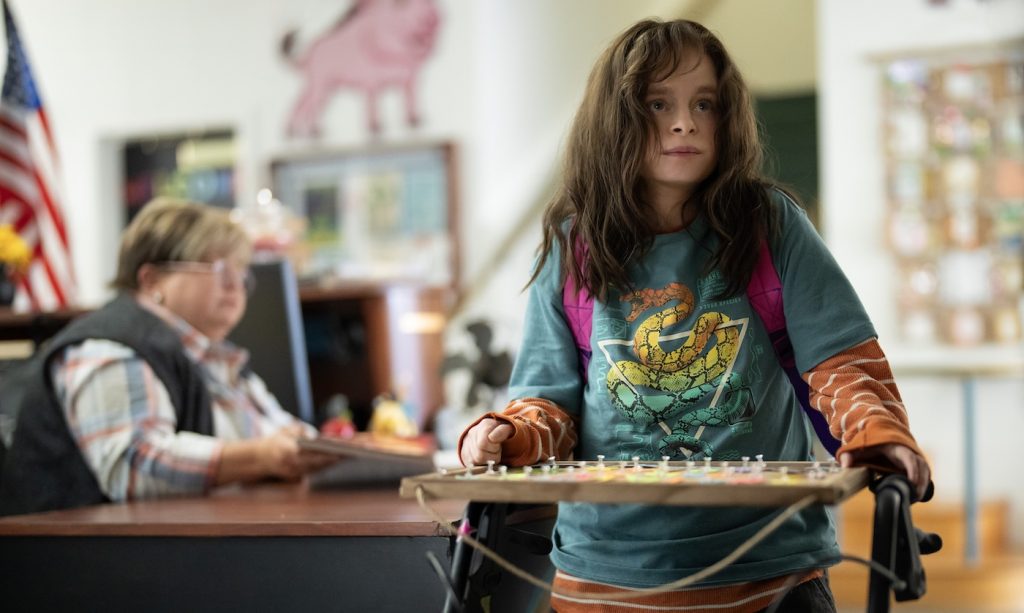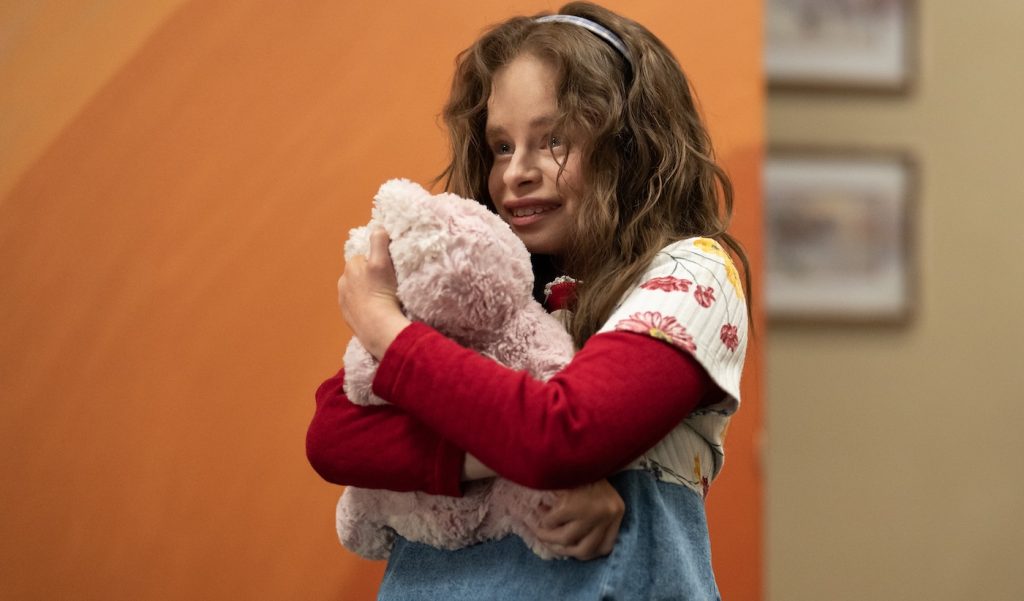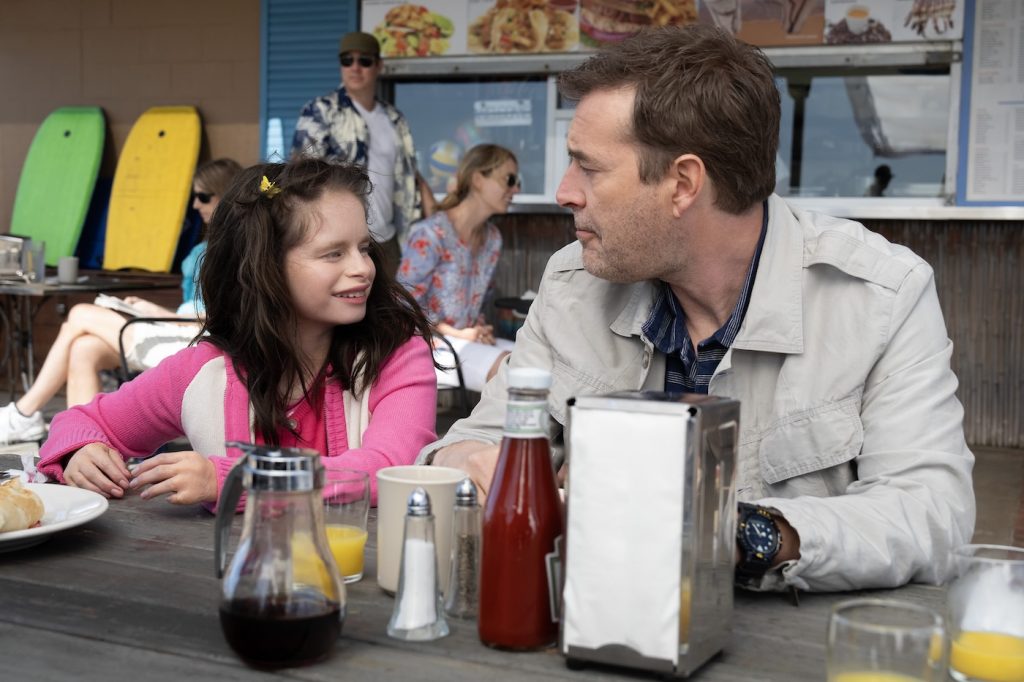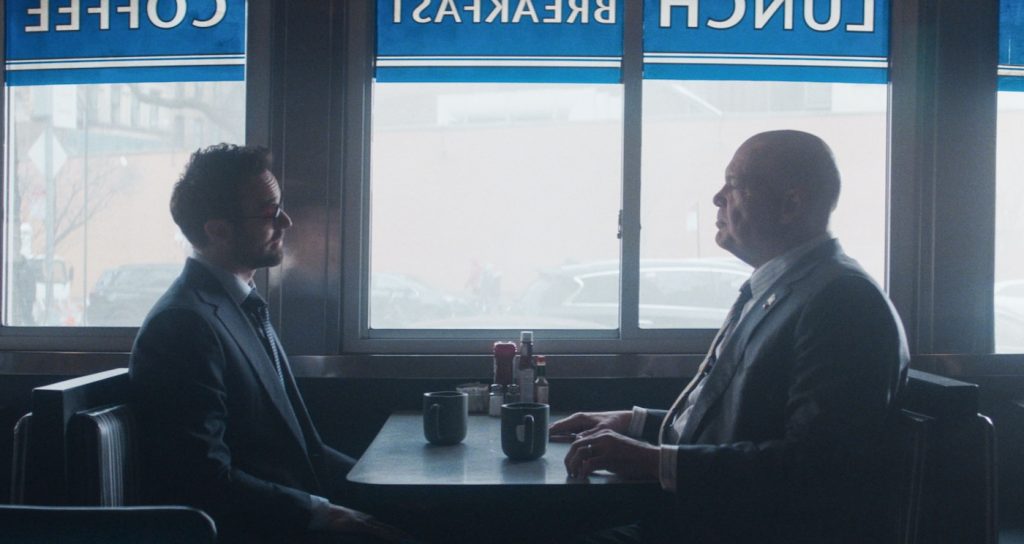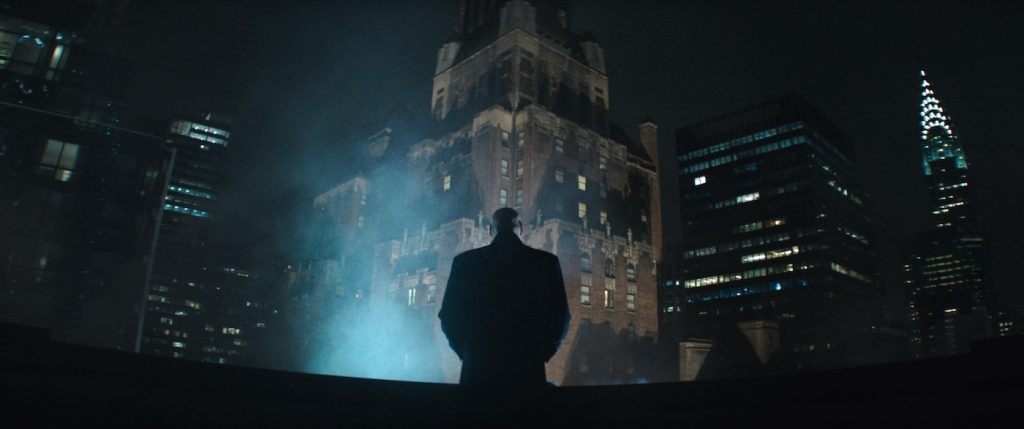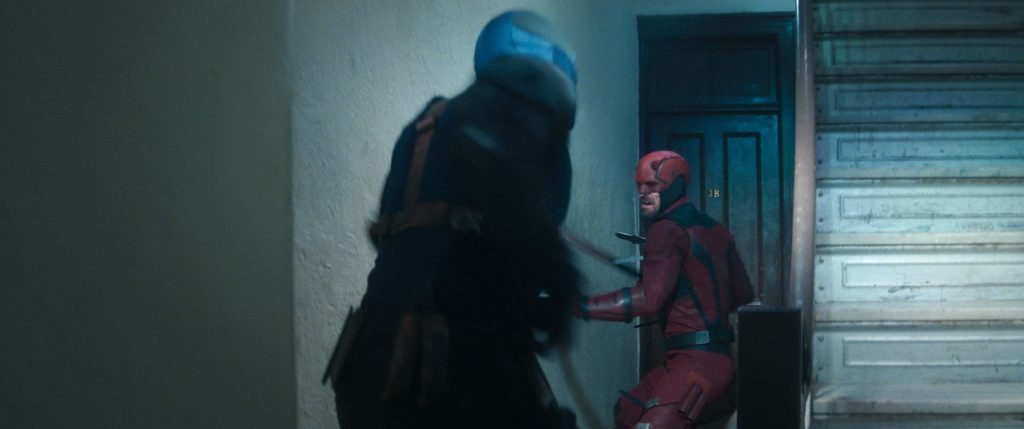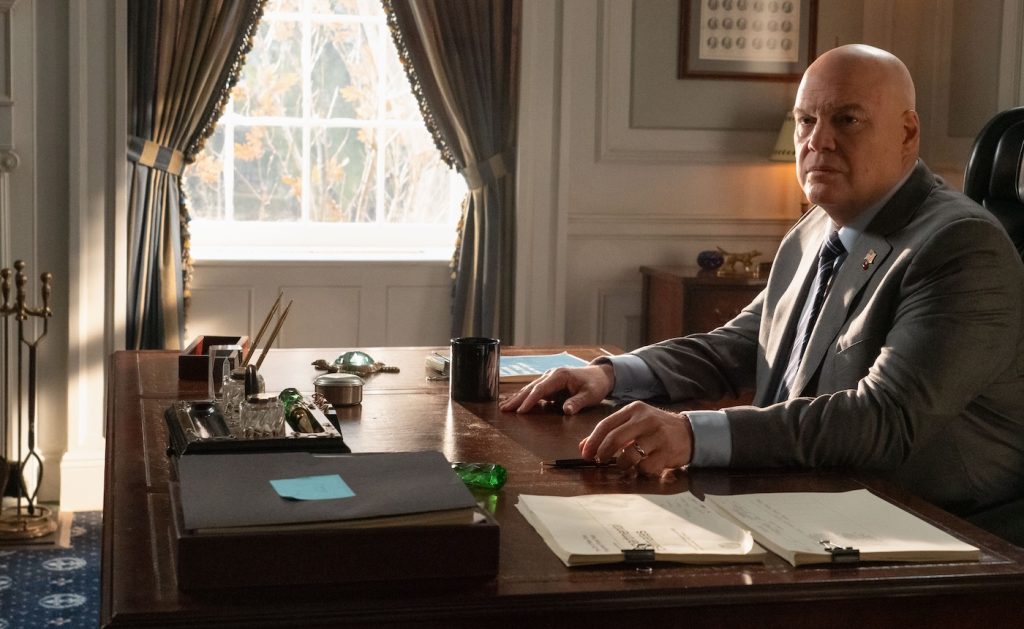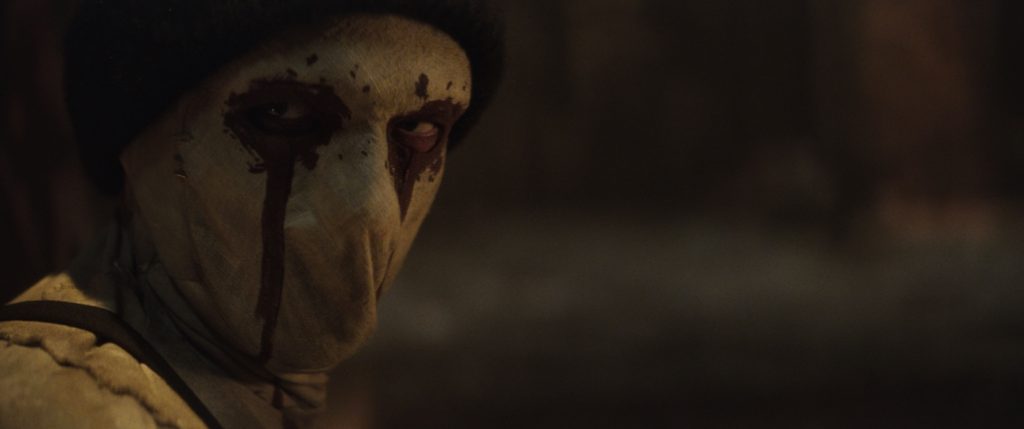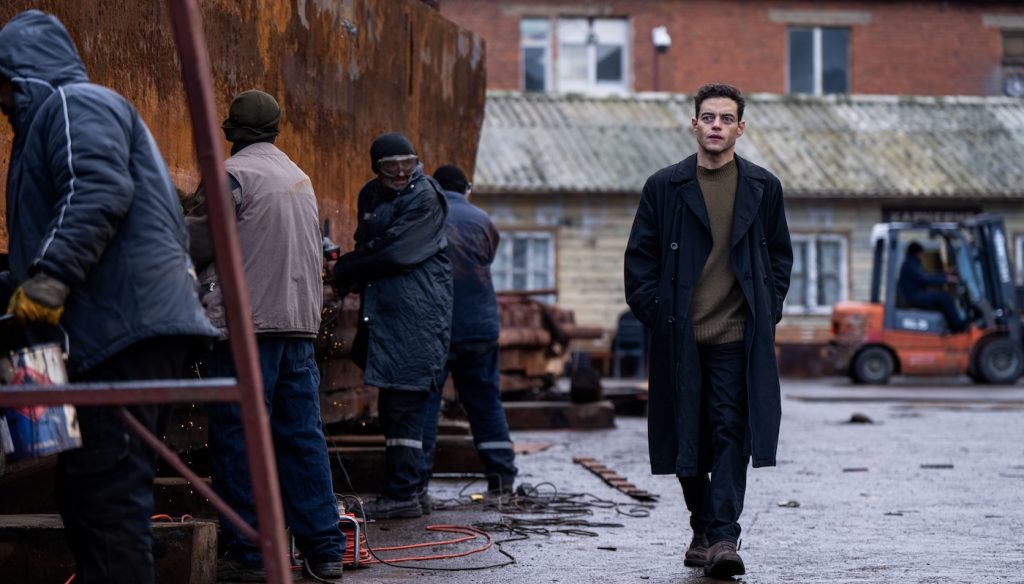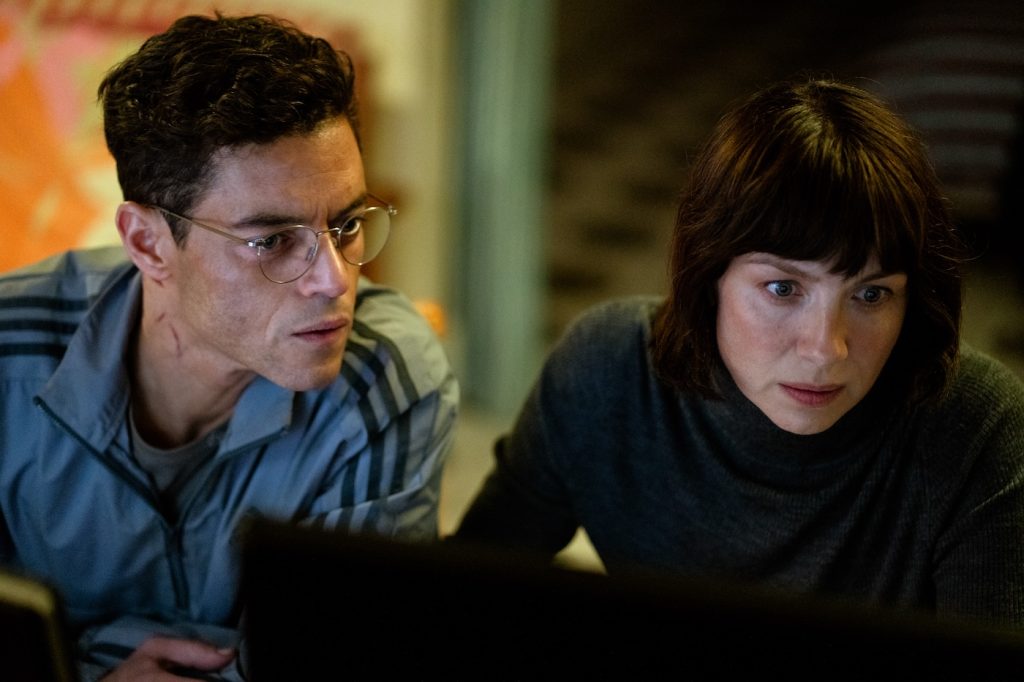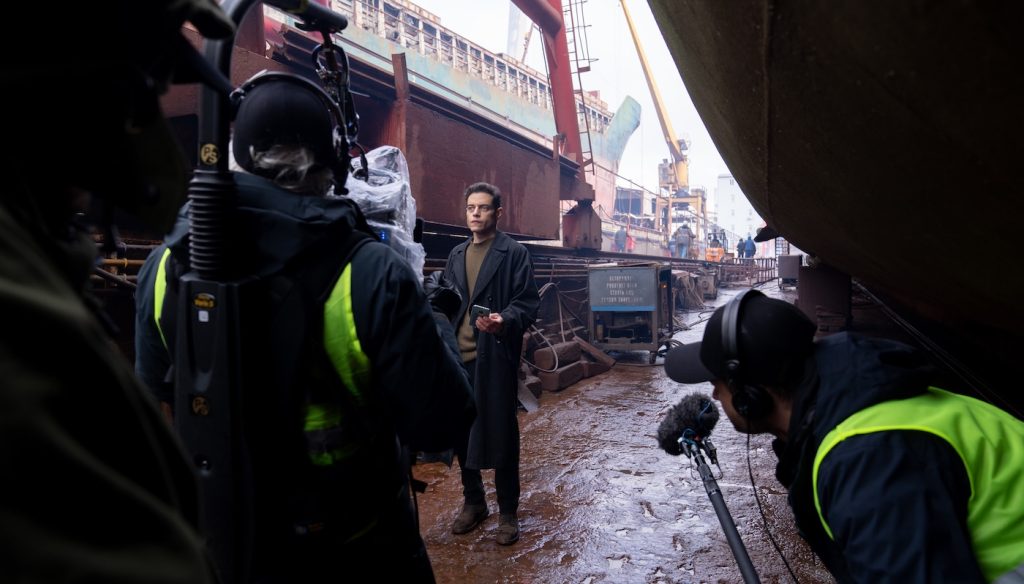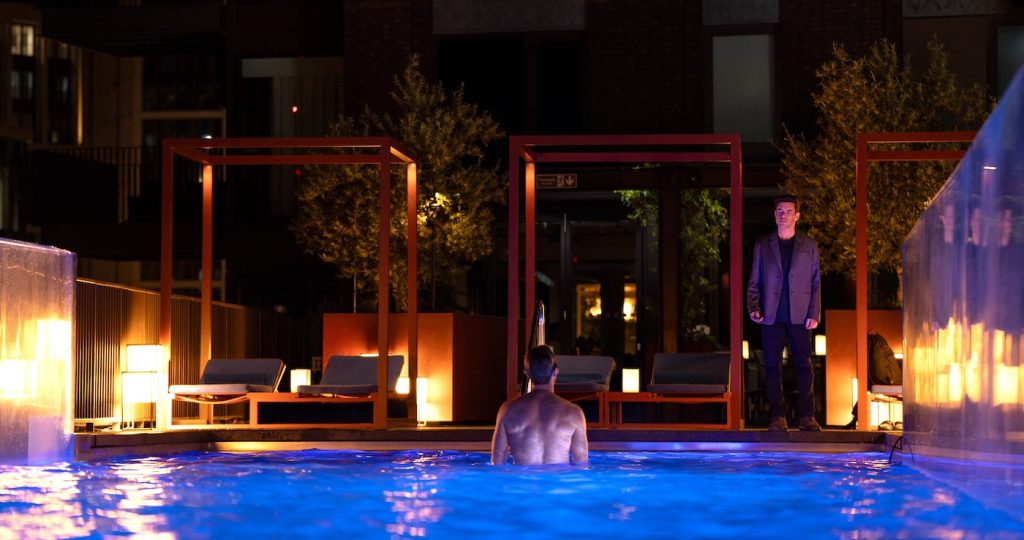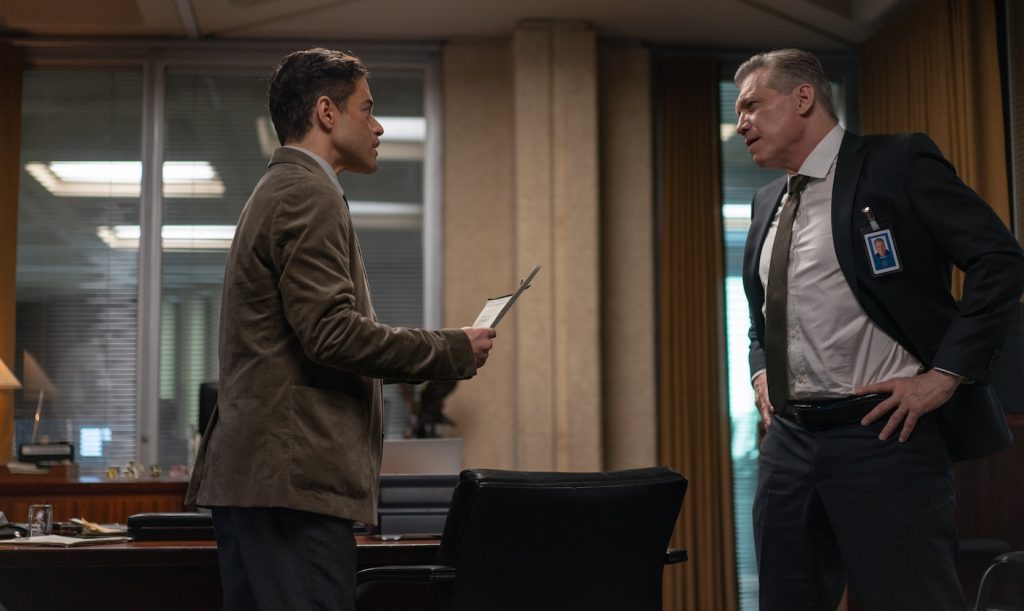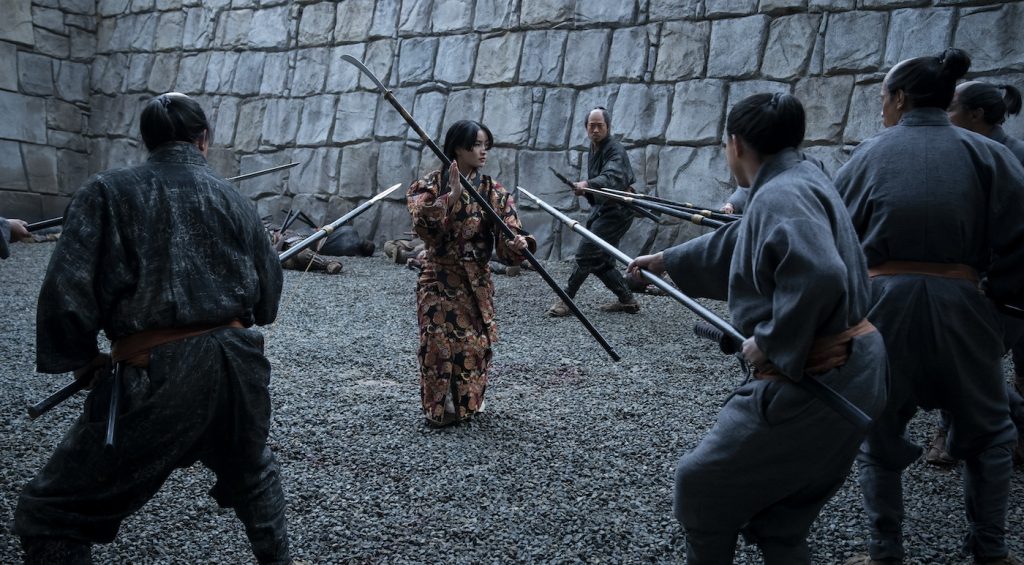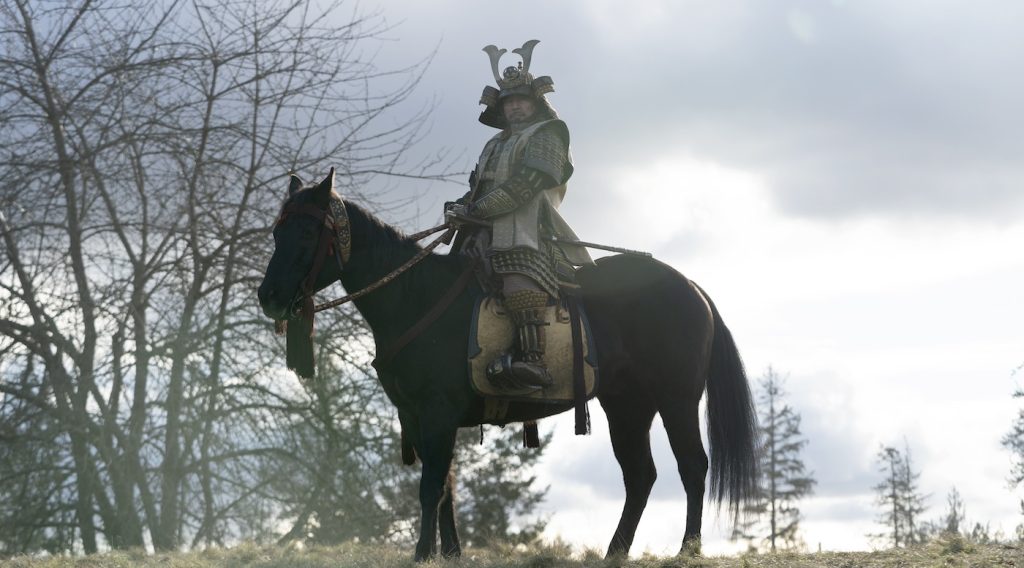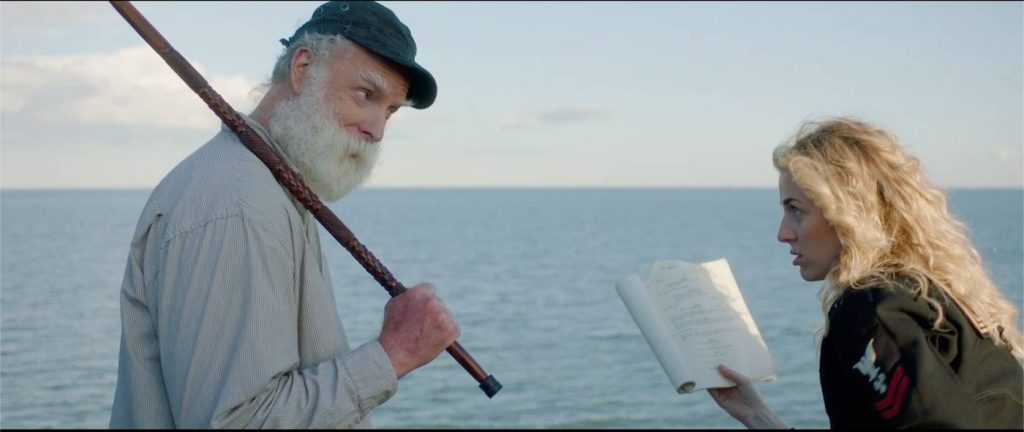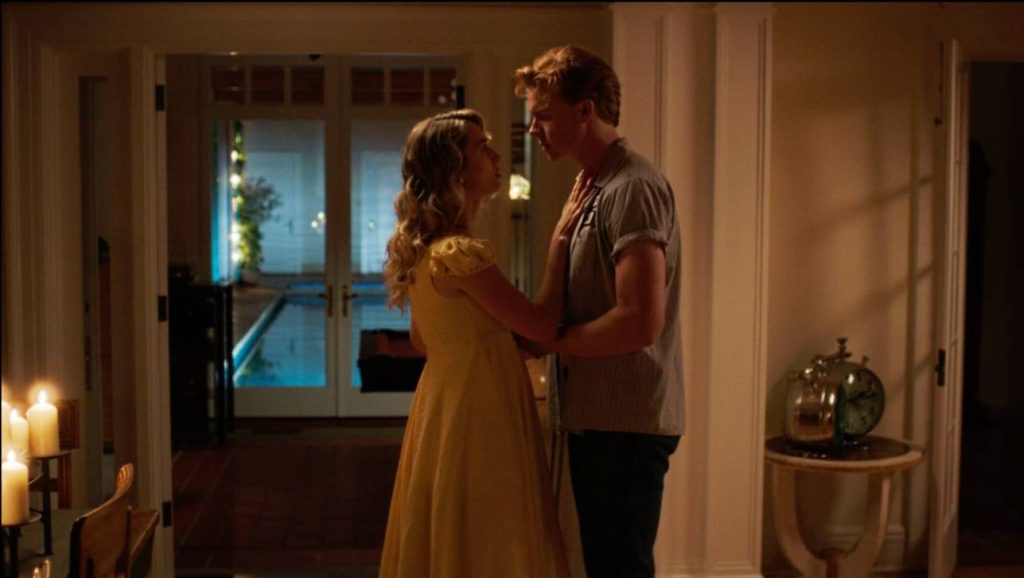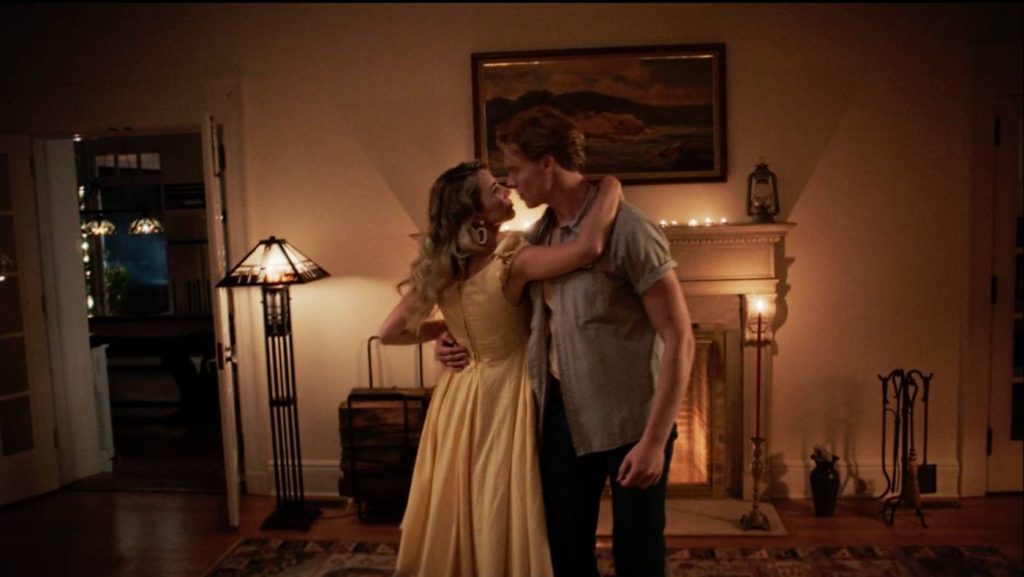In the wake of the release of director James Hawes’ The Amateur, starring Rami Malek as a CIA decoder who sets out to avenge his wife’s murder despite reluctance from his CIA superiors, now is the perfect time to revisit the genre’s rich history. From breathtaking sets to complex narratives complete with moral dilemmas and characters emblematic of the struggle between good and evil, the spy genre has everything a viewer could want. As a result, the classics have long been a staple of cinema, offering suspense, intrigue, and high-stakes action that keep viewers on the edge of their seats.
From wartime espionage to undercover operations, these trailblazing films present us with a treasure trove of unforgettable characters, intricate plots, and nail-biting tension. They establish timeless blueprints for the spy genre, from thrillers to slow-burn, tense, and atmospheric dramas.
Whether you’re waiting to see it or are simply wanting more thrills after watching The Amateur, a combined effort from screenwriter Ken Nolan and director James Hawes, you can satisfy your appetite for espionage with these 6 classic spy thrillers.
The 39 Steps
John Buchan’s 1915 novel has been adapted several times in the 110 years since its release, including a 2008 TV movie adaptation by James Hawes, director of The Amateur. However, my recommendation is for the 1935 Alfred Hitchcock version. Caught up in a case of mistaken identity, Richard Hannay escapes to Scotland, unfolding a plot to expose a secret society, clear his name of murder, and save his own life.
Not only is The 39 Steps brimming with intrigue, mystery, and genuinely thrilling moments, the 90 year old screenplay feels surprisingly well-preserved, full of humor and naturalistic dialogue. These elements, combined with a more realistic style of acting than the melodrama popular at the time of its release, allow the film to feel much more modern than its contemporaries.
Lauded writer/director, Robert Towne, said of the film, “it is not much of an exaggeration to say that all contemporary escapist entertainment begins with The 39 Steps.” However, once you see it, you don’t need to know the quote to understand the impact of “The 39 Steps” on so many movies within the spy genre.
The Day of the Jackal
Fred Zinnemann’s 1973 political thriller is an exciting ride that will keep you on your toes for the entirety of its 142-minute run time. Adapted from Frederick Forsyth’s novel, Zinneman immerses the viewer in a world of suspense and danger and creates a gritty and textural visual experience that adds to the realism of its narrative.
Set against the backdrop of Paris, Austria, and Rome, the film follows a methodical and lone assassin hired by the OAS to exterminate the French president. But just as focused as the Jackal is the law enforcement hot on his trail, creating a cat-and-mouse game that is as cerebral as it is thrilling. With minimal expository dialogue, the film invites the audience to piece together its intricate plot, trusting viewers to stay sharp and engaged. Subtle and recurrent placements of clocks in the scenery indicate the passage of time and the relentless pursuit by our would-be assassin, as well as the authorities on his tail.
With its incredibly choreographed cinematography, stunning set pieces, and a brief but delightful cameo by famous French actress, Delphine Seyrig, The Day of the Jackal will linger in your mind long after a watch.
Dr. No
No spy movie list is complete without the film that ignited the legendary James Bond franchise. Adapted from Ian Fleming’s novel, 1962’s Dr. No strikes the perfect balance of stunning imagery, enthralling narrative, and genuinely thrilling spy movie. From the moment we’re met with Maurice Binder’s iconic title sequence (inspired by price tags!), including the image of Bond walking across the screen viewed through a barrel scope, we’re hooked.
This is the film that laid the groundwork for everything we associate with James Bond. From Sean Connery’s portrayal of 007, establishing the character’s charm and suave demeanor, to the concept of the “Bond Girl,” sleekly costumed by Tessa Welborn. Ken Adam’s production design, especially the island lair of Dr. No, have set the tone for the visual style for which the series would become known. And, though we don’t get the more extravagant spy gadgets of future films (no crocodile submarines or invisible cars just yet, folks), we are treated to several clever spy tools that will make any fan of the series squeal with delight (cyanide capsule cigarettes, anyone?)
Why do we love James Bond so much? He’s the ultimate fantasy: the perfect blend of charm, danger, and deadliness, with or without a weapon. He represents the victory of good over evil, and he does so in style. Let’s be honest, whether or not you’re a fan of the spy genre, who doesn’t want to see that? Though every film in the franchise deserves a spot on your watchlist, Dr. No stands apart as the groundbreaking first chapter of this cinematic legacy.
And for a bonus fix of Bond and a dash of modern spy thrills, don’t miss Rami Malek’s gripping performance alongside Daniel Craig in No Time to Die (2021).
The French Connection
A gritty, uncomfortable thriller that immerses the viewer in the world of 1970s New York, The French Connection is not my recommendation, it is my command to you, the reader. Directed by William Friedkin and starring Gene Hackman in his most iconic role, this film is an absolute masterpiece of tension, realism, and heart-pounding action.
The movie follows the dogged efforts of two detectives as they attempt to take down an international heroin smuggling ring. With its blend of meticulous, almost documentary-style cinematography and an unrelenting pace, it’s a film that will keep you on the edge of your seat.
From urban streets to the NYC subway, the city becomes a character in itself. The famous car chase, which is widely regarded as one of the greatest in film history (you’ll be able to see why once you watch), offers a visceral experience that feels dangerously real and unguarded. Every corner, every alley, every crowded platform is captured with such intensity that you’ll find yourself completely immersed in the world of 1970s New York City.
And then there’s the stark, sun-drenched feel of the French locations. Whether it’s the lush backdrops of Marseille or the bustling, anxiety-inducing environment of the Parisian docks, the locations serve to elevate the ongoing chase at the heart of the film.
With a score by Don Ellis that pulses with the same tension as its storyline, The French Connection doesn’t just tell a story of drugs, crime, and pursuit — it puts you in the absolute middle of it. This film is a perfect blend of captivating performances, ground-breaking cinematography, and pulse-quickening action.
The French Connection is an absolute classic. It’s tense. It’s uncomfortable. And it’s a cinematic experience you’ll never forget.
Eye of the Needle
Released in 1981 and set in the United Kingdom during World War Two, this dark and atmospheric thriller, directed by Richard Marquand, is seriously tense. Based on the novel by Ken Follet, it follows three main characters: Henry Faber, Kate, and David Rose. We’re not quite sure how these characters will interconnect until a chance meeting thrusts them into a sexual and deadly entanglement that is equal parts erotic and foreboding.
Eye of the Needle is worth a watch simply for Donald Sutherland’s chilling performance of Henry Faber, a cold-blooded Nazi sleeper agent and killer attempting to glean information about the impending D-Day attack. Every new piece of information Faber receives fuels his paranoia and violence, and we, the audience, are left wondering what calculations are being made behind his emotionless eyes. Who will he eliminate next in order to fulfill his mission? The plot culminates in the movie’s electrifying final 15 minutes, a painfully tense stand-off in which the victor is unclear until the very last moment.
As exciting as it is, Eye of the Needle also somehow feels like a dream, thanks to a combination of the film’s cinematography by Alan Hume and its filming locations, primarily shot on the Isle of Mull, known for its rainy and foggy hillsides.
If you’re a fan of wartime dramas, espionage, Donald Sutherland, or just want to see a movie that will keep your muscles firmly clenched for 2 hours, you won’t want to pass up Eye of the Needle.
The Spy Who Came in from the Cold
In one of his many critically acclaimed performances, Richard Burton stars in the film based on the novel of the same name by John le Carré. We’re introduced to Alec Leamas (Burton), an apparently disenfranchised, beleaguered, and alcoholic MI6 agent who’s tasked with disseminating disinformation about an influential East German intelligence officer. As the plot progresses, Alec spirals into a labyrinth of shifting truths, culminating in a shocking conclusion that perfectly encapsulates the uncertain, stark reality of life during the Cold War.
While color films were gaining ground at the time of the film’s release in 1965, director Martin Ritt chose to shoot The Spy Who Came in from the Cold in black and white. Firstly, to enhance the film’s realistic and pessimistic tone, mirroring the bleakness of the novel, and as an attempt to avoid the glamorized feel of spy thrillers, which were prominent in cinema at the time. He succeeded in making something of an anti-James Bond film, intentionally bereft of the style and suavity for which the Bond series had become known,
The Spy Who Came in from the Cold is a movie that stands on its own in the spy genre, offering a much more realistic and darker view of espionage in a cruel and unforgiving world. It may upset you, but you’ll be glad you saw it.
Featured image: Rami Malek as Heller in 20th Century Studios’ THE AMATEUR. Photo by John Wilson. © 2024 20th Century Studios. All Rights Reserved.


